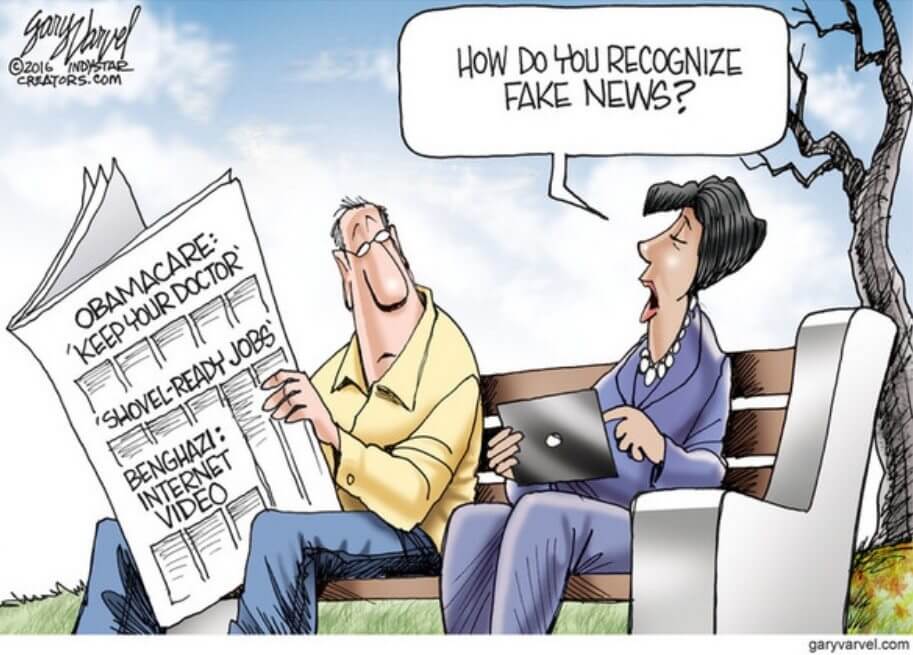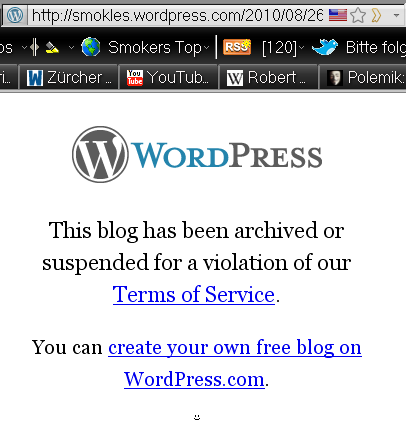Original title: «Scoop! – Leaked dpa Guidelines for Tobacco Reporting»
The following inadvertently ended up in my inbox via a ZDF re a starting writer at a major newspaper who probably was not aware that it was intended to be confidential. There is little need to comment on this since it pretty well speaks for itself.
Deutsche Presseagentur (dpa) – Guidelines for Tobacco Reporting
As a new reporter or perhaps as a more seasoned journalist considering taking on tobacco news, this field may at first glance seem daunting. After all, tobacco is not only a major global agricultural product and business concern but also has come to be a focus of both governments and health agencies as a major negative influence on public health. There is a great deal of research being done on and journals devoted to all aspects of tobacco.
This guide will show you how to master tobacco issues with a few easy steps and create articles any editor will accept (as long as you remember to use that spell checker!) and you will find that in practice, this seemingly complicated area, requires no background knowledge or experience to adequately manage.
Included in this package you will find examples of actual articles that were accepted as well as verbatim passages which need to be included in almost every tobacco relating article to pass editorial muster and to qualify for eventual publication. These passages might seem inappropriate for some articles but history has shown that in almost every case including these passages greatly increases the likelihood that an article will be printed and just as importantly also sends a clear message to the reader that you are a trustworthy writer. As an added bonus, these passages will without any effort on your part other than cutting and pasting, add up to 150 words, and if you are being paid by the word, that is money for next to nothing.
The basic article template is as follows:
- Don’t worry about the headline: that is not under your control.
- In your first paragraph have some sort of generic lead into the theme which includes the phrase “tobacco use (or smoking) is the leading preventable cause of death (or disease)”. Though this is ubiquitous in tobacco related articles, paradoxically, it signals that you have done original research and that you are well versed in the topic at hand. (Including this phrase is not optional: you will have some freedom in the body of the article but if you omit this phrase, chances are good that an editor will simply refuse to read further.)
- In the body, you can simply use your reportage skills and describe the events or issues. As already mentioned, the area of tobacco covers many aspects and oddly enough as long as you refer to death and disease, or express concerns about the motives of producers, it will be interpreted as thoughtful criticism. Even if the concern is for instance about a shortage of water affecting tobacco crops, a collection of historical corncob pipes or whether cigarette butts are a major source of litter, it will only help you to add something about the impact of tobacco use on public health.
This might now seem an over simplification when you will encounter lesser known aspects of the world of tobacco and tobacco use but through experience you will find that when it comes to tobacco, less is always more. If you have explored scientific or health issues in the past you will have had to interview experts for quotes and insight into topics you are new to. You may remember hours spent trolling through expert databases at universities trying to find out who knows anything about nanotechnology, or walking through endless buildings trying to find the professor or scientist everyone is pointing you toward. You will be relieved to find that when it comes to any tobacco issues, any person you use will be accepted as an expert if they happen to be employed in the anti-smoking industry. These people are capable and ready to comment on any tobacco related issues and do not exhibit any fear of helping you in areas that they have no background knowledge in.
One other note on sources. Tobacco issues are also unique in that it is the only area in which you can not only report the opinions of children and teenagers about something that has some factual basis but those opinions can be considered the equal of any evidence. In fact, in this area they are better than evidence, and add that needed human touch to the story. (For example, if you get quotes from children saying they are being targeted by tobacco companies, it means that tobacco companies are targeting them –if you have some background in science reporting this may seem odd but consider that federal agencies and renowned health organizations will use this as evidence)
- Finally, the summarizing paragraph(s) should contain the phrase “every year over 400,000 people die as a result of tobacco use”. (The only acceptable substitution for this phrase is one which has a global rather than national figure).
The above holds true for all tobacco related articles but if you happen to be writing about any issue that encompasses or refers to second hand smoke in any way, you will need to include, not instead of but in addition to the above, the phrase “there is no safe level of exposure to second hand smoke”. As with the other phrases, there is no need to cite any source since, technically, they fall into the category of self evident truths.
A few general points about writing the article
Back in old journalism school, no doubt you were told to show both sides of every story and while that is quite true in most areas, here it has a specific manifestation. If you are reporting anything that is optimistic (let’s say a decline in smoking rates) always follow up with a cautionary note of some kind (but smokeless tobacco use is up). The opposite however is not required. In tobacco, all news is bad news, even the good news.
Some writers have taken the position that as with other areas of journalism, changing the pattern will make them stand out, and they have written tobacco related articles and deliberately omitted the “leading preventable…” and “over 400,000…” phrases. Some of them have even written articles that suggest there may be some benefits to tobacco use or that there might be some downside to higher tobacco taxes. Some have written about the lucrative anti-smoking industry or how current policies actually work against public health. These seem like worthwhile areas for investigative journalism but be wary. Those writers have stood out but where they have stood out is on the unemployment line. Be creative if you like but follow the basic template because even if you get your unique approach by your editor, you will cause confusion in readers who have come to expect these touches no less than they expect good grammar.
Follow these basic guidelines and you will find tobacco reporting easy and quite remunerative. With every state and municipality wanting to report on their individual wars against smoking, and the continual growth in regulations (and even some of the challenges to those regulations, as well as the new products coming out, and the growing awareness of tobacco markets abroad, there is no end to things to write about. Big area, no end of stories, no research required, and this ready template – there is no better area to cover than tobacco.
And here is one of the articles that was attached to the e-package
Article example 1:
Insulin produced in genetically modified tobacco plants
Despite tobacco use being the leading preventable cause of death, US researchers have successfully expressed the precursor protein of insulin in lettuce and tobacco plants. Moreover, feeding these genetically modified plants to mice that have a tendency to become diabetic protected the animals against inflammation of the pancreas.
Generating the pro-insulin protein in plants is a low-cost alternative to standard production methods, Dr. Hendl Trottl, from the University of Florida in Palmetto, and colleagues note in their report in the Plants and Biotechnology Review.
In the study, the scientists describe the creation of lettuce and tobacco chloroplast lines that produce a fusion protein consisting of a sub-unit of cholera toxin joined to human pro-insulin. Giving powered tobacco leaf to diabetic mice helped preserve insulin-producing beta-cells in the pancreas, Trottl’s team reports, and this was associated with lower levels of glucose in their urine and blood.
Children who saw the tobacco plants said that «they are scary looking» and «I think they want to hurt me». The children’s conclusions indicated that the tobacco industry was taking advantage of an unforeseen loophole in marketing regulations so researchers are moving on to using genetically engineered lettuce instead. They add that in light of the encouraging results in animals, testing in humans is now under way.
Despite the potential for helping millions of diabetics, tobacco use is responsible for over 400,000 deaths every year in the United States alone. It is the main cause of lung cancer and a major cause of many more. Cigarette smoke contains over 4000 different chemicals. Deb Mactosh, the receptionist at the Ohio Freedom for Non-smokers Association said that these scientists have offered no assurance that these plants cannot be cured and smoked. “They might help a few diabetics but just one of these plants if smoked could cause the deaths of many non-smokers. Everybody knows there is no safe level of second hand smoke. We know that stopping tobacco will stop those deaths so it is utterly irresponsible that anyone would engage in this kind of research”.
Another concerned expert, John Banzhaf at ASH-US offered to represent any relatives of diabetics who might have been exposed to this new threat. In the meanwhile, despite the children, scientists continue to research manufacturing proinsulin.
By Paul L. Bergen (Scientist)
banned and censured on his own blog http://smokles.wordpress.com
Please read also the various comments, if you can.
update – in the meantime, the blog is accessible again



